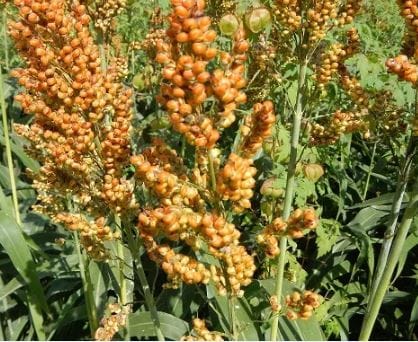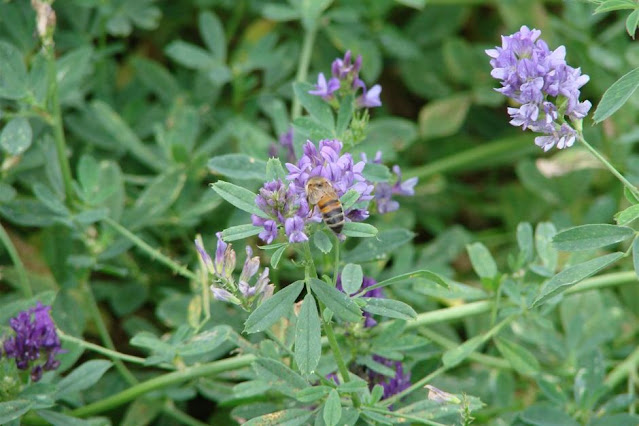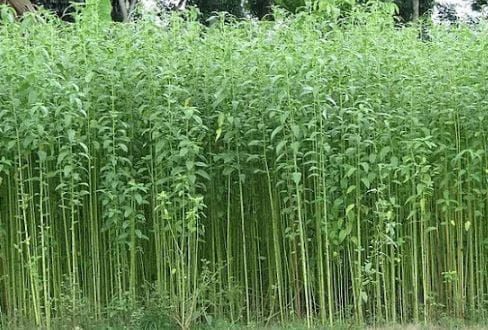Direct-seeded rice ; A technique to Address Production and Sustainably
Direct seeding is a crop establishment practice in which rice seeds are put directly into the field, as opposed to the usual method of growing seedlings in a nursery and then transplanting them into flooded fields.
Read More






